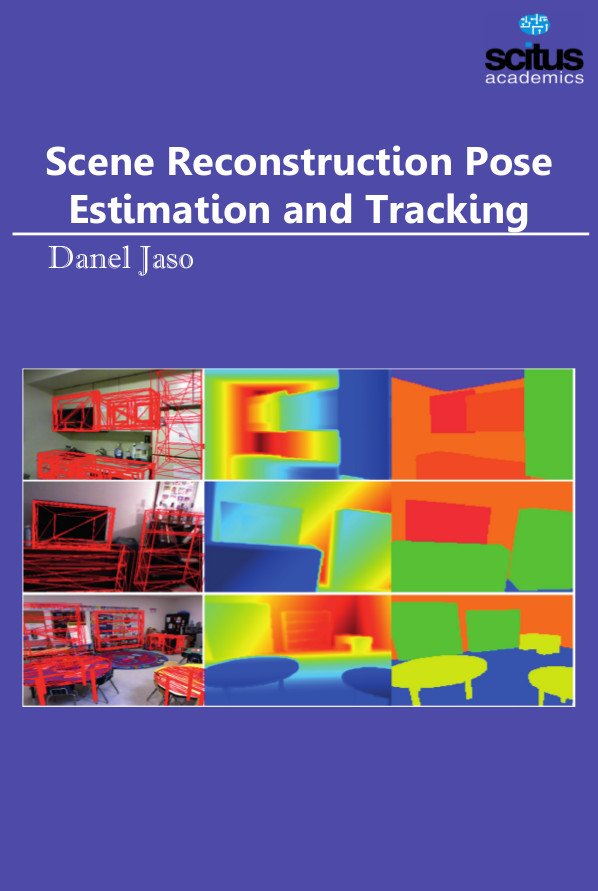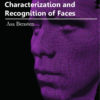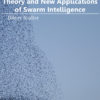Scene Reconstruction Pose Estimation and Tracking envisages contemporary advances in the use of pattern recognition techniques for computer and robot vision. The disciplines of pattern recognition and computational vision have been intimately entangled since their early days, some four decades ago with the development of fast digital computing. It is generally easy for a person to differentiate the sound of a human voice, from that of a violin; a handwritten numeral “3,” from an “8”; and the aroma of a rose, from that of an onion. Though, it is difficult for a programmable computer to solve these kinds of perceptual problems. These problems are difficult because each pattern usually contains a large amount of information, and the recognition problems typically have an inconspicuous, high-dimensional, structure. Pattern recognition is the science of making inferences from perceptual data, using tools from statistics, probability, computational geometry, machine learning, signal processing, and algorithm design. Thus, it is of central importance to artificial intelligence and computer vision, and has far-reaching applications in engineering, science, medicine, and business.
In particular, advances made during the last half century, now allow computers to interact more effectively with humans and the natural world (e.g., speech recognition software). However, the most important problems in pattern recognition are yet to be solved. Pattern recognition is generally categorized according to the type of learning procedure used to generate the output value. Supervised learning assumes that a set of training data (the training set) has been provided, consisting of a set of instances that have been properly labeled by hand with the correct output. All computer vision techniques could be regarded as a form of pattern recognition, in the broadest sense of the term.













